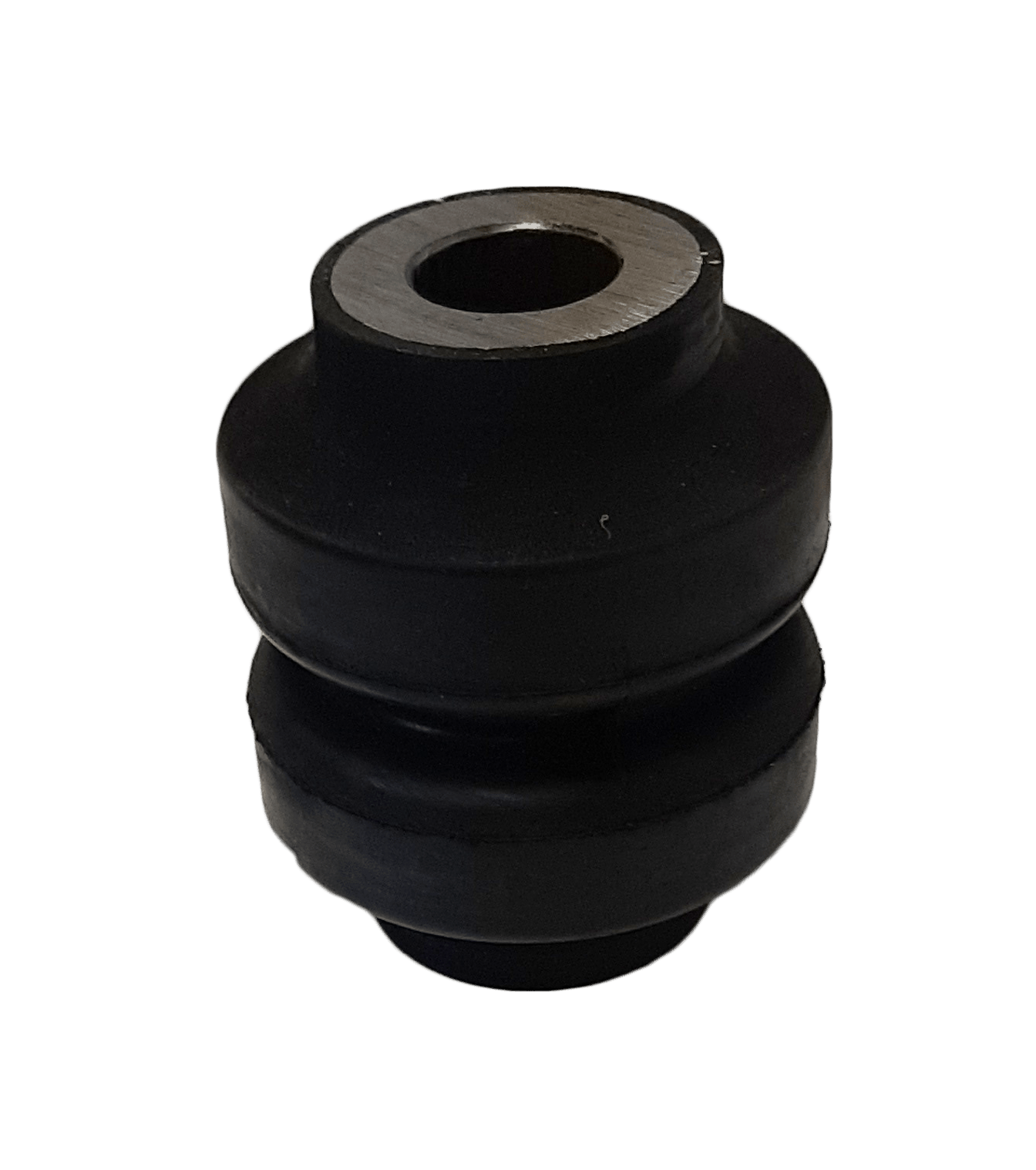Introduction
Elastomer material constants play a vital role in product design, as they dictate the performance and reliability of elastomer-based products. These constants are essential to accurately model the behavior of elastomers in a product’s operating environment. There are various testing techniques available for developing elastomer material constants, each with its own advantages and disadvantages. One promising technique is nonlinear FEA (finite element analysis), which offers several benefits in developing elastomer material constants. In this blog post, we will explore the importance of elastomer material constants in product design, provide an overview of various testing techniques used to develop these constants, and delve into the advantages of using nonlinear FEA analysis in developing elastomer material constants.
Understanding Elastomer Material Constants
Elastomer material constants are parameters that define the material properties of elastomers. They describe the behavior of the elastomer under different loads, temperatures, and other conditions. These constants include parameters such as Young’s modulus, Poisson’s ratio, shear modulus, and damping coefficient.

Elastomer material constants are critical to product design, as they directly affect the performance and reliability of elastomer-based products. Accurately modeling elastomer behavior is essential for predicting the lifespan and durability of products such as tires, gaskets, and seals. Accurate material constants are also necessary for designing elastomer-based products that can operate in extreme temperatures, pressures, or other harsh conditions.
There are various types of elastomer material constants, and the specific constants needed will depend on the application. Some of the most common types include:
- Young’s modulus: measures the stiffness of the elastomer material
- Poisson’s ratio: describes the material’s tendency to expand laterally when compressed
- Shear modulus: measures the material’s resistance to deformation when subjected to a shearing force
- Damping coefficient: measures the material’s ability to dissipate energy under cyclic loading.
Accurately determining the values of these constants is essential for developing reliable and high-performance elastomer-based products.
Various Testing Techniques for Developing Elastomer Material Constants
There are several testing techniques available for developing elastomer material constants, including:
- Tensile Testing: Measures the force required to stretch an elastomer sample to its breaking point.
- Compression Testing: Measures the force required to compress an elastomer sample to a specified level.
- Shear Testing: Measures the force required to shear an elastomer sample.
- Dynamic Mechanical Analysis (DMA): Measures the mechanical properties of elastomers under cyclic loading conditions.
- Infrared Spectroscopy: Measures the molecular structure of elastomers to determine their material properties.
Each testing technique has its own advantages and disadvantages. Tensile testing, for example, is a straightforward method that provides accurate measurements of Young’s modulus and tensile strength, but it can be time-consuming and may not accurately simulate real-world loading conditions. Compression testing is useful for measuring the compressive strength of elastomers, but it may not accurately represent the behavior of the material in real-world applications. Shear testing is effective for determining shear modulus, but it can be challenging to prepare the sample for testing. DMA is useful for measuring the dynamic mechanical properties of elastomers, but it can be costly and time-consuming. Infrared spectroscopy can provide information about the molecular structure of elastomers, but it requires specialized equipment and expertise.
Each testing technique works differently, but in general, they involve subjecting elastomer samples to controlled loading conditions and measuring their response. Tensile testing involves stretching the sample until it breaks, while compression testing involves compressing the sample to a specified level. Shear testing involves applying a shearing force to the sample, and DMA involves subjecting the sample to cyclic loading conditions while measuring its mechanical response. Infrared spectroscopy involves shining infrared light on the sample and measuring the absorbed and reflected wavelengths to determine the molecular structure of the material.
Non-Linear FEA for Developing Elastomer Material Constants
Nonlinear Finite Element Analysis (FEA) solves complex engineering problems involving nonlinear material behavior. Linear FEA assumes linear material behavior, whereas non-linear FEA accounts for the nonlinear properties of the material being analyzed.
Developing elastomer material constants via non-linear FEA accurately simulates the behavior of elastomers under different loading conditions. Hysteresis and stress relaxation can significantly affect the performance of elastomer-based products, which non-linear FEA accounts for. This method also provides additional information about elastomer behavior not obtained through traditional testing methods.
To apply non-linear FEA, a finite element model of the elastomer material is created, and material properties are assigned. Non-linear FEA simulations run to determine the response of the elastomer material under different loading conditions, such as compression or shear. The resulting simulations derive the elastomer material constants, which are used in product design.
Industries have extensively used non-linear FEA in developing elastomer material constants for various applications. Tire manufacturing, where accurate material properties are crucial to tire performance, has utilized non-linear FEA to model elastomer behavior. Shock absorbers also require accurate material properties to function correctly under different loading conditions, which non-linear FEA has modeled. The use of non-linear FEA in developing elastomer material constants has improved material models and product designs in various industries.
Conclusion
In summary, the product design process crucially relies on elastomer material constants. Designing products that perform optimally and meet the required specifications necessitates accurate knowledge of the material properties of elastomers.
Developing elastomer material constants employs various testing techniques, each with its advantages and disadvantages. These techniques include tensile testing, compression testing, shear testing, and dynamic mechanical analysis.
Nonlinear Finite Element Analysis (FEA) empowers the development of elastomer material constants. It accurately simulates the behavior of elastomers under different loading conditions and accounts for nonlinear material properties such as hysteresis and stress relaxation. Nonlinear FEA provides valuable insights into the behavior of elastomers that traditional testing methods cannot offer.
Elastomer material constants development has become reliant on non-linear FEA, and it is expected to increase in the future. As computational power increases, non-linear FEA simulations become faster and more accurate, enabling the development of better elastomer material models. This leads to the design of more reliable, efficient, and durable products.

